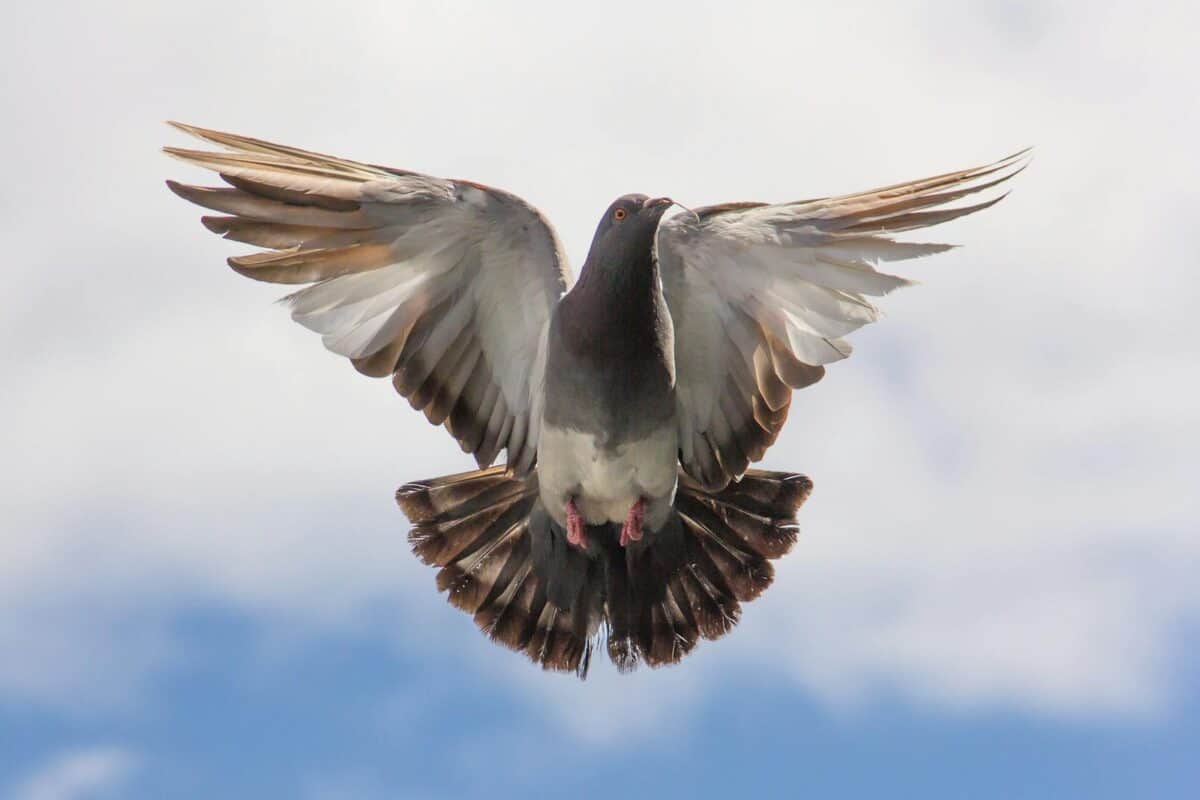In the fog of war, where modern communication systems didn’t exist, carrier pigeons played a crucial role in delivering messages across battlefields. Among these feathered messengers, one bird stands out for extraordinary heroism that saved nearly 200 American soldiers during World War I. Cher Ami, French for “dear friend,” was a homing pigeon who served with the U.S. Army Signal Corps in France. This remarkable bird’s final mission in October 1918 during the Meuse-Argonne Offensive would earn him legendary status in military history and showcase the vital role animals played in warfare before the age of radio communications.
The story of Cher Ami represents one of the most compelling examples of animal heroism in military history. Despite sustaining devastating injuries, this determined pigeon completed a mission that directly saved the lives of 194 American soldiers who had been cut off from their division and were facing annihilation. The tale of this courageous bird continues to captivate historians, animal lovers, and military enthusiasts more than a century after his famous flight through enemy fire.
Origins and Training

Cher Ami was hatched in 1918 and was originally bred and donated by British pigeon fanciers to the U.S. Army Signal Corps. Although often referred to as a female in popular accounts, military records identify Cher Ami as male. Like other military homing pigeons of the era, Cher Ami underwent rigorous training to develop his natural navigation abilities and build the physical stamina necessary for long-distance flights under challenging conditions. The training process for military pigeons was intensive, focusing on strengthening their innate homing instinct while conditioning them to remain calm amid the chaos and noise of battle.
Before his famous mission, Cher Ami had already successfully delivered 11 critical messages within the American sector at Verdun, France. These birds were vital communication assets, as they could travel at speeds up to 60 miles per hour and navigate across difficult terrain. Military pigeons were typically transported to the front lines in wicker baskets, released with messages secured in small aluminum canisters attached to their legs, and expected to return to their home lofts where handlers would retrieve the vital communications.
The Lost Battalion

The story of Cher Ami is inextricably linked with the saga of the “Lost Battalion,” a contingent of approximately 554 men from the 77th Infantry Division commanded by Major Charles White Whittlesey. On October 2, 1918, during the Meuse-Argonne Offensive, Whittlesey led his men forward according to plan, but the battalions on their flanks were held up by strong German resistance. Unaware that they were advancing alone, Whittlesey’s men pushed deep into enemy territory and soon found themselves surrounded in the Argonne Forest, cut off from the rest of the American forces.
For five days, the Lost Battalion endured constant attacks while suffering from dwindling supplies, no food, and limited ammunition. Their situation grew increasingly desperate as they took heavy casualties and faced the very real prospect of annihilation. Communication with headquarters was virtually impossible through conventional means, as runners sent with messages were captured or killed. The surrounded Americans had brought several carrier pigeons as a last-resort communication method, and these birds would become their only lifeline to the outside world.
The Deadly Friendly Fire

By October 7, 1918, the situation for the Lost Battalion had become critical. In a tragic turn of events, American artillery, unaware of the precise location of Whittlesey’s men, began shelling their position. The friendly fire was causing devastating casualties among the already depleted and beleaguered troops. Major Whittlesey had already released two pigeons with messages requesting that the artillery fire be redirected, but there was no change in the barrage. It appeared that these birds had either been shot down or had failed to reach headquarters with their crucial messages.
With their situation growing more desperate by the minute as shells from their own artillery rained down on them, Whittlesey made the decision to send their last remaining pigeon, Cher Ami, with a message that could determine the fate of every surviving soldier. The note attached to Cher Ami’s leg was direct and urgent: “We are along the road parallel to 276.4. Our own artillery is dropping a barrage directly on us. For heaven’s sake, stop it.” With these words entrusted to a single bird, the lives of the remaining men hung in the balance.
The Heroic Flight
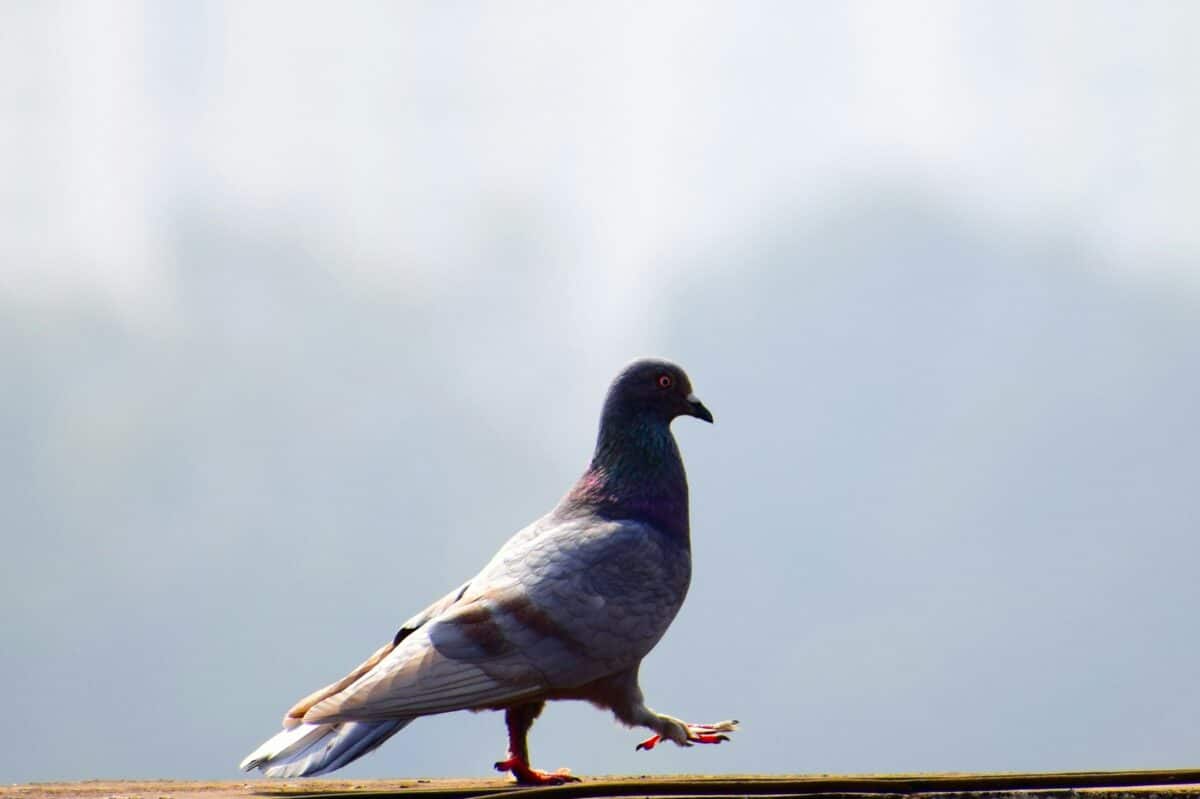
When Cher Ami was released with the critical message, German soldiers immediately spotted the pigeon rising from the American position. Understanding the significance of messenger pigeons, the Germans opened fire, creating a storm of bullets aimed at the small bird. Witnesses reported that Cher Ami was actually shot down initially but managed to take flight again, demonstrating extraordinary determination. Flying through active battlefields and navigating the complex terrain of the Argonne Forest, the pigeon covered the approximately 25 miles to division headquarters in just 25 minutes.
During this perilous journey, Cher Ami was severely wounded by enemy fire. He was shot through the breast, blinded in one eye, and had a leg nearly severed, with the critical message capsule dangling by a tendon from the injured limb. Despite these grievous injuries that would have stopped most birds, Cher Ami persevered and completed his mission, arriving at his loft at division headquarters barely alive but with the message intact. This remarkable flight stands as one of the most extraordinary acts of animal courage and determination in military history.
Immediate Impact
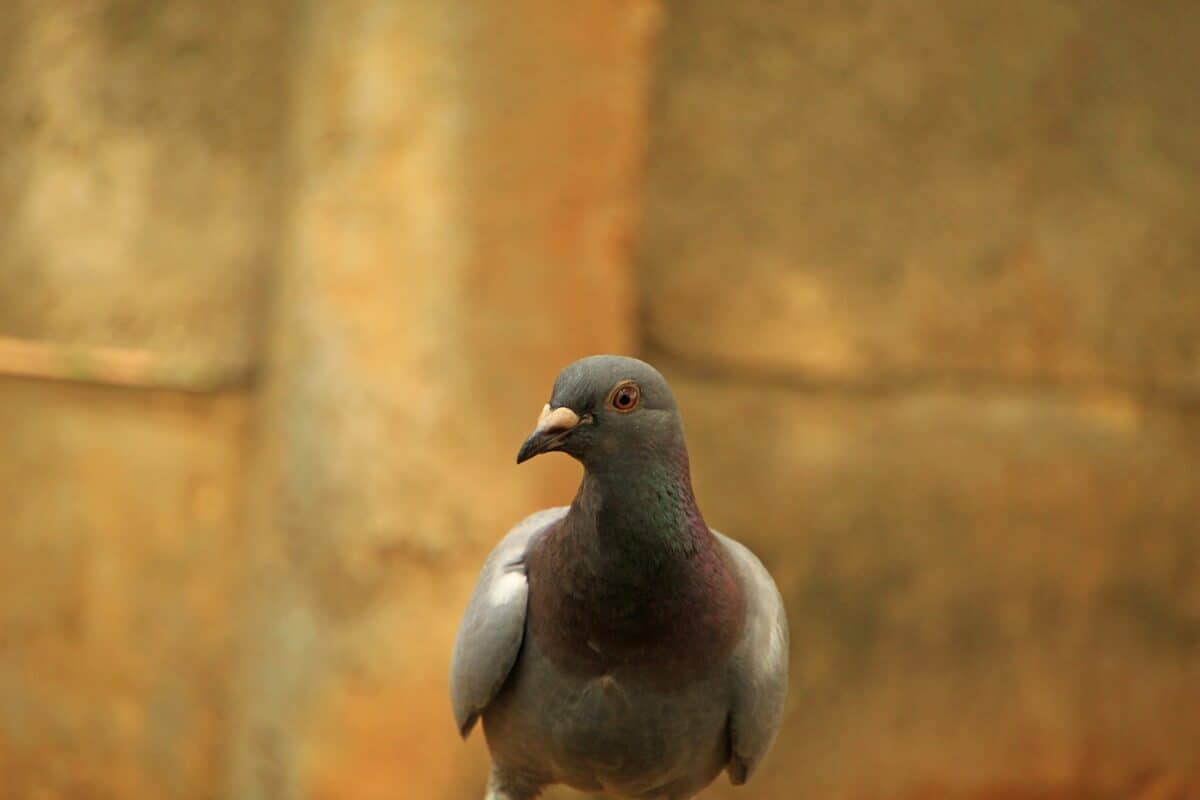
Upon Cher Ami’s arrival at headquarters, the message was quickly retrieved and its urgent contents communicated to the artillery units. The American barrage on the Lost Battalion’s position was immediately halted, ending the friendly fire that had been decimating their ranks. This rapid response undoubtedly saved dozens of lives in the immediate term. Furthermore, now aware of the battalion’s precise location, American forces could coordinate relief efforts with accurate information about where their isolated comrades were positioned.
The successful delivery of this message completely changed the tactical situation for the Lost Battalion. Within hours of receiving Cher Ami’s message, the 77th Division launched renewed efforts to break through to Whittlesey’s men. Though it would take more fighting to finally reach and relieve the surrounded battalion on October 8, 1918, Cher Ami’s flight marked the crucial turning point in their ordeal. Of the original 554 men who entered the pocket, only 194 walked out unscathed. The rest were killed, wounded, or captured—but without Cher Ami’s intervention, it’s likely none would have survived.
Medical Care and Return Home

After completing his mission, Cher Ami received immediate attention from American medics who worked diligently to save the grievously wounded pigeon. Army doctors treated him with the same care they would give to a human soldier, recognizing the significance of his achievement. Although they couldn’t save his damaged leg, the medics carved a small wooden prosthetic to replace it. This tiny wooden leg became a distinctive feature of the recovering hero bird and a symbol of his sacrifice and resilience.
Once stabilized, Cher Ami was transported back to the United States. His journey home was characterized by special accommodations and handling befitting a war hero. Upon arriving in America, he became the personal responsibility of the U.S. Army Signal Corps’ pigeon handler, who ensured the bird received continued care for his injuries. Despite the excellent care, the extensive trauma and stress of his war experiences had taken their toll on the pigeon’s health. Cher Ami lived just under a year after returning home, dying on June 13, 1919, likely from complications related to his wounds.
Medals and Recognition

In recognition of his extraordinary service and sacrifice, the French government awarded Cher Ami the Croix de Guerre with Palm, one of France’s highest military honors. This prestigious decoration was rarely given to non-humans, making the recognition all the more significant. The medal citation acknowledged the pigeon’s “valorous service” delivering messages in the Verdun sector. General John J. Pershing, commander of the American Expeditionary Forces, personally noted Cher Ami’s service in dispatches highlighting remarkable acts of courage during the war.
The U.S. Army also honored the bird’s contribution, ensuring that Cher Ami’s story was documented in official military records and included in reports about the Meuse-Argonne Offensive. While the United States had no formal decoration system for animal service at that time, the recognition by military leadership and the French government cemented Cher Ami’s status as a true war hero. His story quickly spread through newspaper accounts and military publications, making him perhaps the most famous pigeon in American history.
Preservation and Display
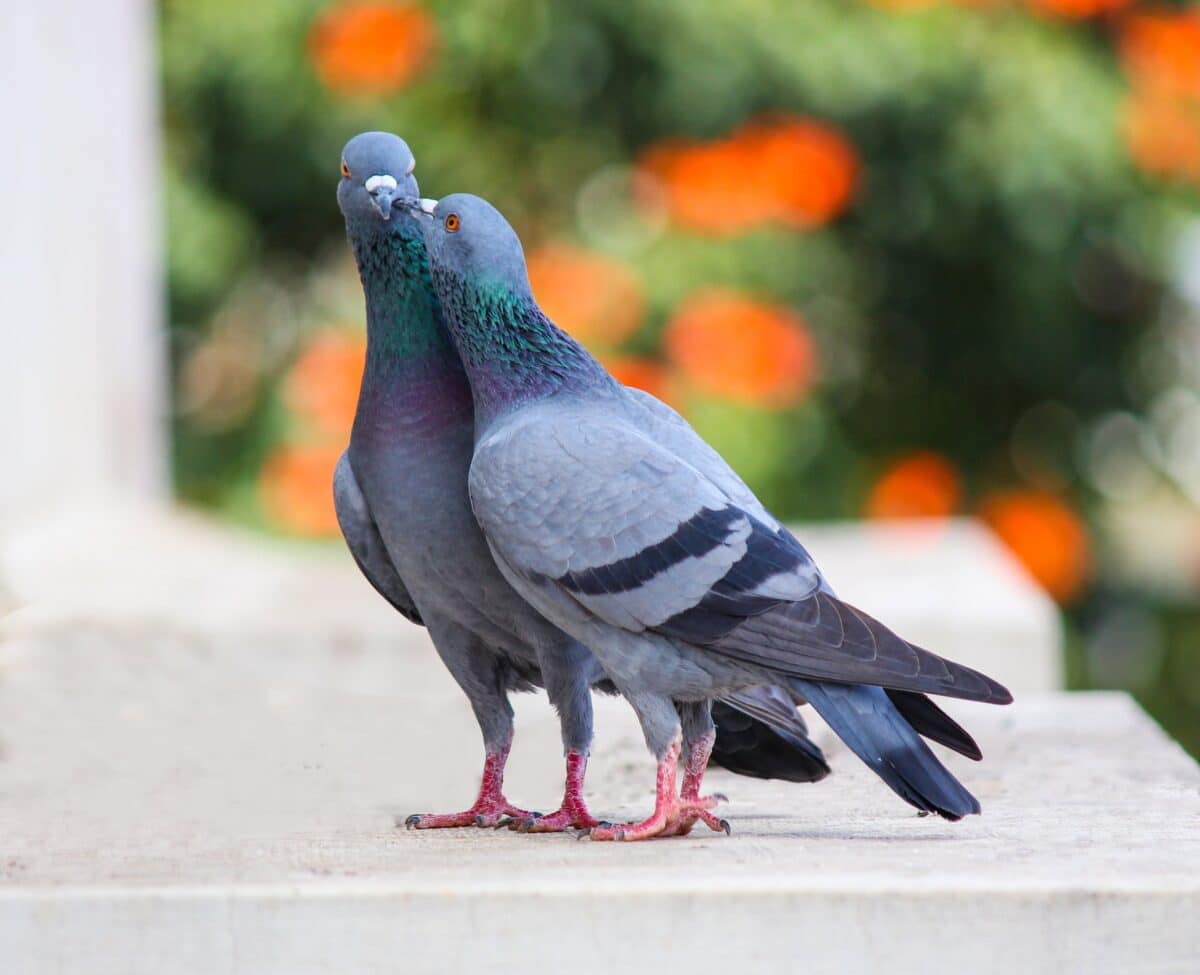
After his death, Cher Ami’s body was carefully preserved through taxidermy to honor his memory and service. The Smithsonian Institution recognized the historical significance of this remarkable pigeon and arranged to include him in their collections. Today, visitors to the Smithsonian’s National Museum of American History in Washington, D.C. can see Cher Ami on display in the “Price of Freedom: Americans at War” exhibition, where he continues to educate the public about the role of animals in warfare.
The preservation of Cher Ami allows modern audiences to connect with this remarkable story in a tangible way. The small taxidermied pigeon, with his wooden leg still attached, provides powerful testimony to the reality of his service and sacrifice. Museum curators have carefully maintained the display over the decades, ensuring that this physical link to a remarkable chapter in military history remains intact for future generations. The exhibit includes information about Cher Ami’s mission and the Lost Battalion, placing his individual story within the broader context of World War I.
The Wider Role of Pigeons in Warfare

Cher Ami was far from the only pigeon to serve in World War I, though he is certainly the most famous. The U.S. Army Signal Corps used approximately 600 pigeons in France alone, while the British forces employed over 100,000 pigeons during the conflict. These birds delivered thousands of messages with a success rate exceeding 98% according to military records—a reliability that far surpassed other communication methods available at the time. Pigeons could travel quickly over difficult terrain, were much harder to spot than human messengers, and were immune to the electronic interference that plagued early radio communications.
The military use of pigeons has a history stretching back thousands of years, with records of messenger pigeons being used by ancient Egyptians, Persians, Greeks, and Romans. However, World War I represented the zenith of their military application, occurring at a technological crossroads where traditional methods still supplemented emerging technologies. By World War II, improved radio communications would begin to reduce reliance on avian messengers, though pigeons still played a significant role in that conflict as well. Cher Ami’s story represents not just an individual act of heroism but stands as a testament to this ancient and effective communication system that shaped military operations for millennia.
Cultural Impact and Legacy
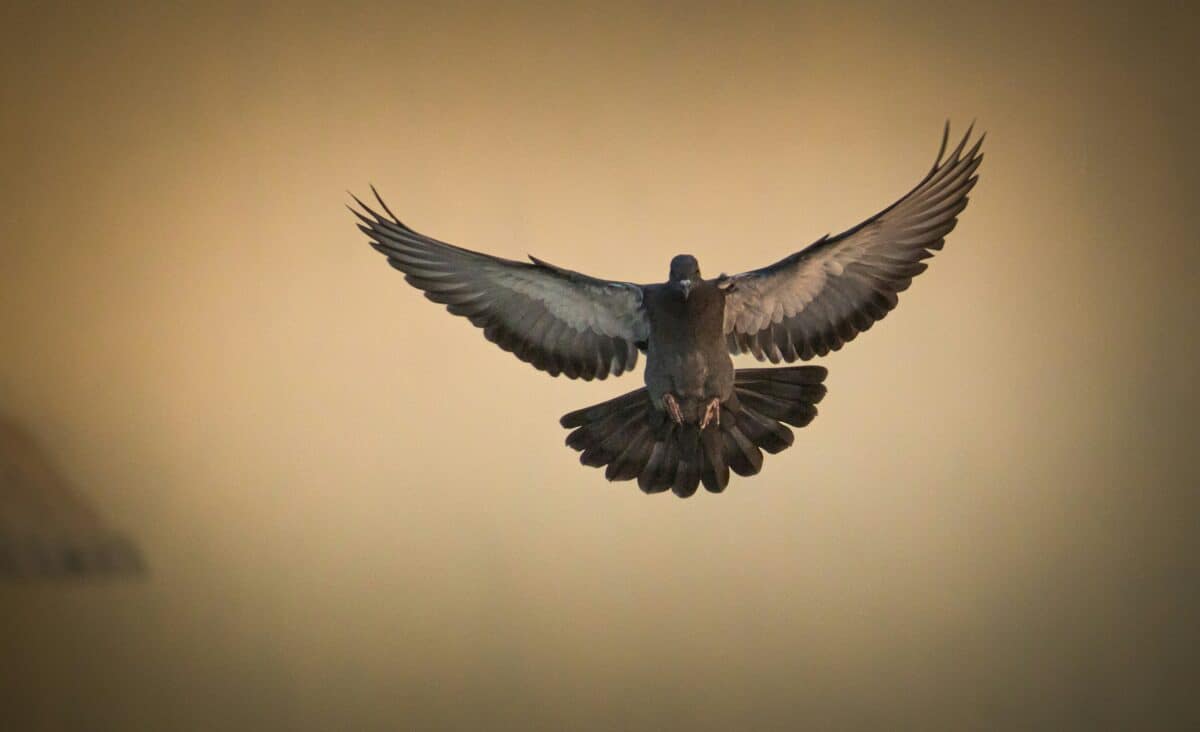
The story of Cher Ami has maintained a remarkable cultural resonance in the century since his famous flight. Children’s books, poems, songs, and even theatrical productions have been created to tell his story. The pigeon has been featured in numerous military histories of World War I and has become a standard inclusion in discussions about animal heroism and the human-animal bond during wartime. Veterans’ organizations have particularly embraced Cher Ami’s story as a powerful symbol of sacrifice and duty, values central to military service.
In 1931, the story of Cher Ami and the Lost Battalion inspired the Hollywood film “The Lost Battalion,” bringing the pigeon’s heroism to motion picture audiences. More recently, in 2001, a television movie of the same name further popularized the story. Beyond formal media, Cher Ami appears in countless educational materials about World War I, ensuring that new generations continue to learn about this remarkable bird. His story has transcended mere historical interest to become a cultural touchstone representing courage, determination, and the unexpected forms heroism can take.
Controversies and Myths
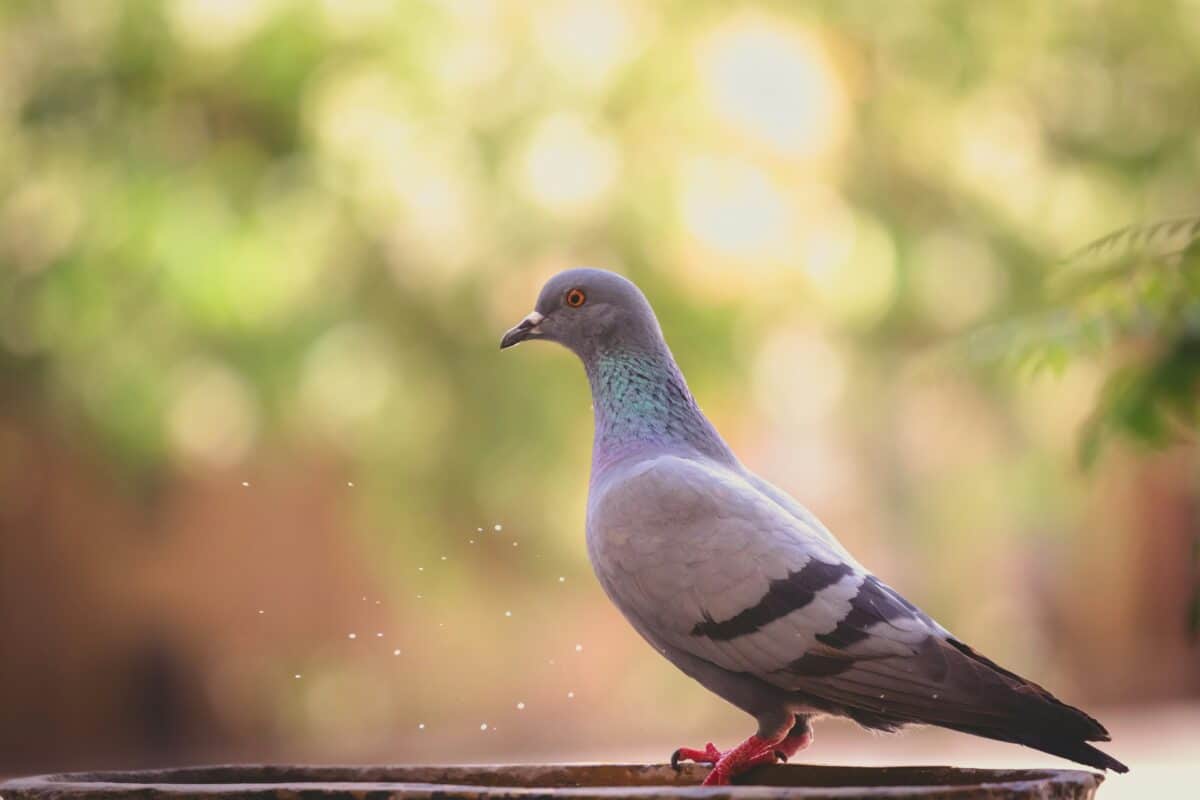
As with many legendary tales, the story of Cher Ami has accumulated some myths and inaccuracies over time. One persistent misconception is that Cher Ami was female, an error that appears in many popular retellings despite military records clearly identifying the pigeon as male. Another common embellishment suggests that Cher Ami saved exactly 194 men, when in fact this number represents those who walked out unscathed, not the total number of survivors (which included wounded soldiers). Some accounts dramatically increase the distance Cher Ami flew or exaggerate the speed of his journey.
More substantively, some historians have questioned aspects of the traditional narrative. There are debates about whether Cher Ami carried only one message from the Lost Battalion or multiple messages throughout the ordeal. Some accounts suggest that other pigeons also successfully delivered messages from Whittlesey’s men. Additionally, there has been scholarly discussion about whether friendly fire was truly the greatest threat to the Lost Battalion or if this element has been emphasized for dramatic effect in popular retellings. Despite these historiographical questions, the core facts of Cher Ami’s courageous flight and crucial role in saving the trapped soldiers remain well-documented in military records.
Conclusion: A Timeless Symbol of Courage

The story of Cher Ami transcends the boundaries of military history to touch on universal themes of courage, duty, and the remarkable bond between humans and animals. More than a century after his famous flight through the Argonne Forest, this small pigeon continues to inspire and educate people around the world. His legacy serves as a powerful reminder that heroism comes in many forms and sizes, and that in the most desperate circumstances, hope can arrive on the wings of the most unlikely messengers.
For the men of the Lost Battalion, Cher Ami represented their last chance for survival, carrying their desperate plea through a hail of gunfire despite suffering terrible wounds. The pigeon’s determination to complete his mission, even when grievously injured, exemplifies a spirit of sacrifice that resonates deeply with human values of perseverance and duty. As military technology continues to evolve, Cher Ami’s story preserves the memory of a time when the fate of hundreds could depend on the wings of a single bird.
Today, as Cher Ami rests in his place of honor at the Smithsonian, his preserved form continues to tell a story that has lost none of its power to move and inspire. In an age of instant digital communication, his legacy reminds us of the ingenuity of earlier generations and the crucial roles animals have played in human conflicts. The pigeon that saved a battalion has earned his place not just in military history, but in the broader human story of courage against overwhelming odds.
- How Penguins Take Turns at Sea and Nest to Raise Chicks - August 9, 2025
- Dolphin Brains Compare to Those of Apes and Humans - August 9, 2025
- 14 Cutting-Edge Biotech Innovations That Will Shape the Future - August 9, 2025

